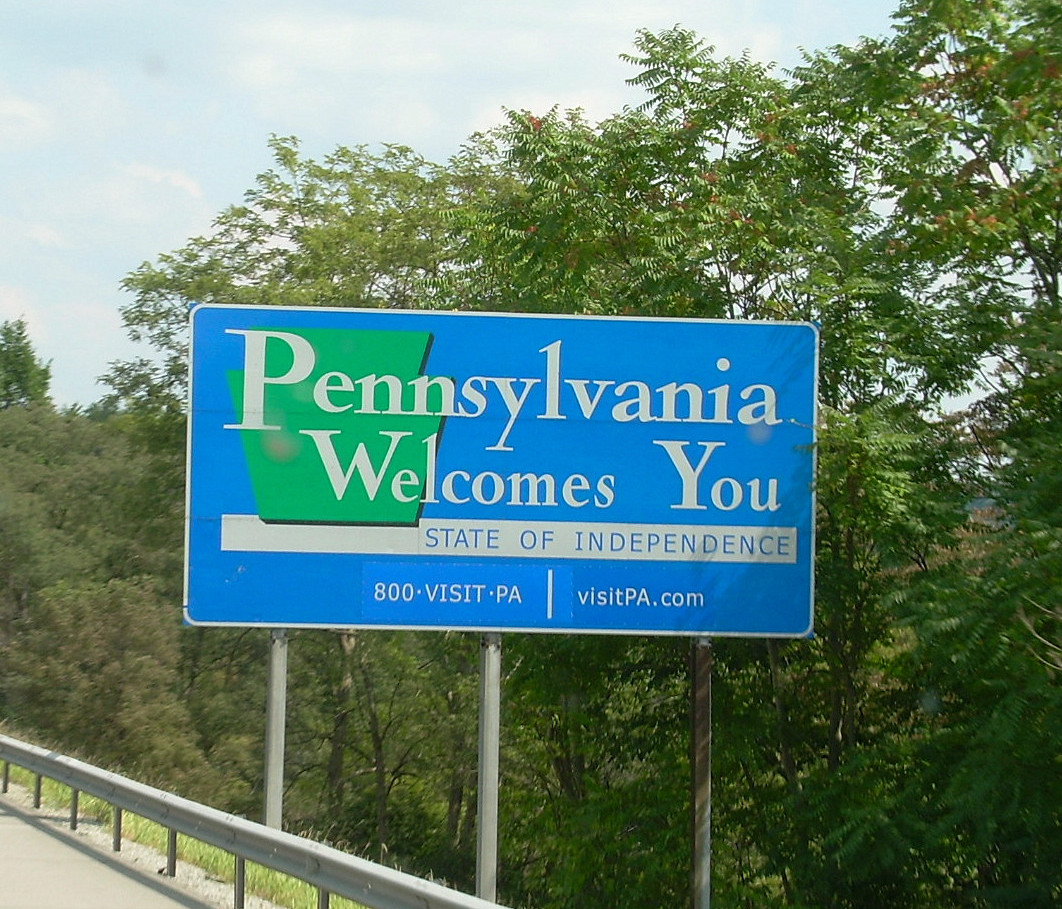Jobs
Garment factory jobs in Central America could ease pressure on U.S. border. What to know.

President Biden targets border crossings, asylum in executive order
President Joe Biden signed an executive order that will cap entry and prevent migrants from seeking asylum if they cross into the U.S. illegally.
Many say it’s unrealistic to expect industries such as apparel and textiles manufacturing to relocate from Asia to the United States because it’s too expensive to do the work here and we don’t have the labor force for it.
Central America could be the best alternative and would provide other benefits as well.
Here are five things to know:
How does increasing garment factory jobs in Honduras, Guatemala and El Salvador reduce immigration issues at the U.S. border?
The region, known as the Northern Triangle of Central America, could achieve greater prosperity through growth in industries it already has, such as apparel and textiles manufacturing – slowing the need for people to leave for opportunities elsewhere.
One company alone, GK Global, says it has around 27,000 employees in Honduras, and that for every job it creates, it prevents 11 people from emigrating to the United States and other countries.
Since the apparel industry is labor intensive and brings would-be migrants out of agriculture and informal employment, focusing on policies to expand the industry offers “tremendous promise for addressing the root causes of migration in Central America,” according to study in 2021 from Texas A&M University.
Why are so many people fleeing the region?
It is among the poorest areas in the Western Hemisphere. Nearly 80% of the population in Honduras lives in poverty, having an income the equivalent of less than seven U.S. dollars per day, according to the international organization Human Rights Watch. Many households depend on money sent home by family members living and working in the United States.
The Northern Triangle also is one of the most violent regions in the world. Millions of people have fled in recent years out of fear for their safety, in addition to the economic reasons.
Why aren’t more U.S. companies investing in the region?
There are government incentives, including trade agreements that allow for the duty-free transfer of raw materials and finished goods between Central America and the United States, and there’s been progress in growing the apparel and textiles trade.
However, the security, political and infrastructure issues that make people leave also present great challenges in attracting and growing companies.
How would the growth of manufacturing help, besides creating jobs?
It would provide governments in the region with revenue they need to boost security forces and combat drug cartels. And it could be used to improve roads and other infrastructure to attract more business investments, in essence by having a domino effect.
Why should U.S. manufacturers care?
The best way to develop cost-effective manufacturing in the United States is for those factories to be fed by an ecosystem of low-cost suppliers in Central and South America, rather than Asia, according to Bindiya Vakil, CEO of Resilinc, a supply-chain services firm based in Milpitas, California.
Only with strong partnerships and a Pan-American transportation network will the United States be able to bring manufacturing home from Asia, Vakil said.
Creating jobs and promoting political stability in the region would slow migration, and a thriving middle class with spending power would present U.S. companies with a large market for their products close to home. Also, creating allies in the region would help deter the political influence of China and Russia in countries where they are gaining a strategic advantage over the United States.









